In pursuit of sustainability and improved flight range, the aerospace industry has increasingly turned to lighter metals. This shift, while beneficial for performance, introduces the challenge of corrosion, which undermines component durability for mission-critical components. Using weak joining solutions with these lighter metals can also increase the chance of through-cracks and potentially accelerate corrosion.
Wire thread inserts stand out as an effective corrosion countermeasure by providing a protective barrier against both environmental and galvanic corrosion. These inserts preserve the structural integrity and reliability of critical aerospace joints, ensuring sustained performance for lighter aircraft designs.
The impact of corrosion on aircraft safety and performance
The aerospace sector frequently grapples with the challenge of pitting, crevice and fretting corrosion, operating in saltwater environments that corrode components. Moreover, the use of dissimilar light metals, when in electrical contact, leads to galvanic corrosion. Critical components like wing flaps, landing gear and engine mounts are all particularly vulnerable to galvanic corrosion.
Galvanic, pitting, crevice and fretting corrosion in aerospace components, particularly in critical joints, can lead to significant deterioration and the weakening of the aircraft’s structural framework, then ultimately, failure. This risk of degradation often results in designers opting for heavier and more corrosion resistant metals including steels and alloys. Thus, effectively managing corrosion is paramount to enabling the use of lighter metals to enhance fuel efficiency and sustainability.
Wire thread inserts: a solution to corrosion
Wire thread inserts directly protect against galvanic corrosion; Most inserts are non-passivated stainless steel, eliminating the presence of an electrolyte conductor in light metal components that lead to galvanic reaction.
Wire thread inserts also protect mechanical joints from pitting, crevice and fretting corrosion that are commonplace in aerospace. They act as a protective barrier that isolates the parent material’s internal threads from moisture and the corrosive environments of aircraft. For fretting corrosion, inserts adjust radially and axially when inserted, dissipating tension equally across the joint and increasing shear strength to minimise fretting from vibrations and wear.
For additional corrosive protection, wire thread inserts can be customised with unique properties that can fortify aircraft joints against corrosive environments. This both protects the parent materials from corrosion and enhances joint strength at the same time.
- Material selection - Wire thread inserts can comprise of unique materials to provide unique properties. In the context of corrosion, phosphor bronze stands out for its superior corrosion resistance, making it an ideal choice for aerospace applications. Its inherent properties ensure longevity and reliability in corrosive environments, safeguarding aircraft joints that face mission-critical applications.
- Surface finish - The application of cadmium plating to wire thread inserts further elevates their resistance to corrosion. This finish not only protects against environmental factors but also significantly reduces the risk of galvanic corrosion, making it a critical consideration for aerospace applications.
Additional benefits of wire thread inserts for aerospace designs
Wire thread inserts offer several advantages beyond corrosion resistance, contributing significantly to the performance and reliability of lightweight aerospace components. These inserts protect light metals from a number of factors that would otherwise be too extreme, bolstering sustainability and flight range:
- Increased strength and load distribution: Wire thread inserts evenly distribute the load across the bolt length, enhancing joint strength. This uniform load distribution is crucial in reducing fretting and wear, especially beneficial for lighter metals that are commonly used in aerospace applications.
- Enhanced vibration resistance: Aerospace components are subject to intense vibrations during flight. Wire thread inserts help in absorbing and dampening these vibrations, minimising the risk of loosening and potential failure of critical joints.
- Simple repair and maintenance: Tapped holes that lose threading or become damaged from wear or corrosion can be effectively repaired using wire thread inserts. This helps reduce maintenance costs and bolsters manufacturing productivity to enhance quality outcomes.
- Improved fatigue resistance: The design of wire thread inserts contributes to an increased fatigue life for threaded joints. By providing a consistent and durable thread interface, they help in mitigating the initiation and propagation of fatigue cracks, a common concern in aerospace structures subjected to cyclic loads.
KATO® Advanex: pioneering wire thread insert solutions for aerospace
In the aerospace industry, where the margin for error is non-existent, ensuring the durability and integrity of mechanical joints against corrosion is paramount. Wire thread inserts offer an effective and reliable solution to this challenge, providing engineers with the tools to safeguard mission-critical components and open up the doors to lightweight and sustainable designs.
KATO® Advanex is at the forefront of innovation in wire thread insert technology. Our expertise and comprehensive product range address the diverse needs of the aerospace industry, offering solutions that blend strength, reliability and corrosion resistance. Our dedication to quality and innovation ensures that our wire thread inserts meet the rigorous demands of aerospace applications, empowering engineers to design with confidence and integrity.
To find out more about our products or to get additional pricing information, contact a member of our team today.
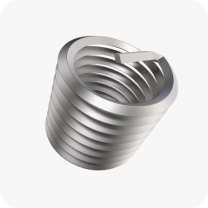
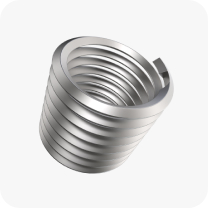
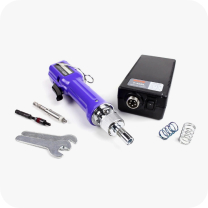
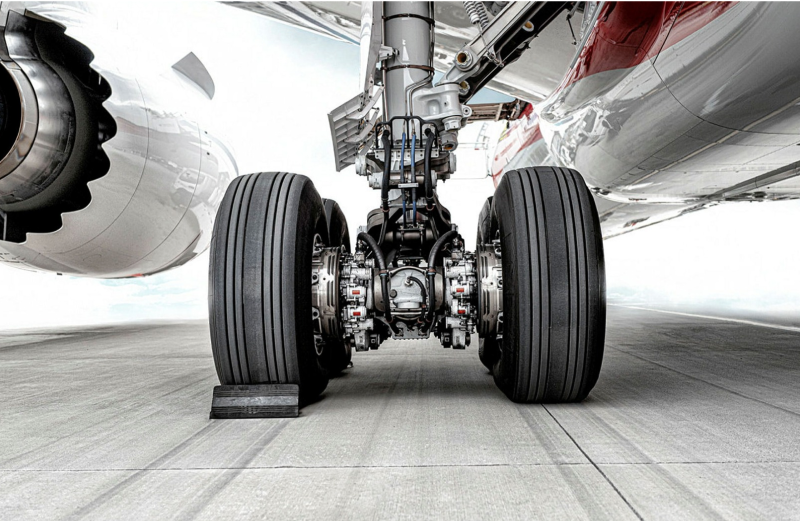
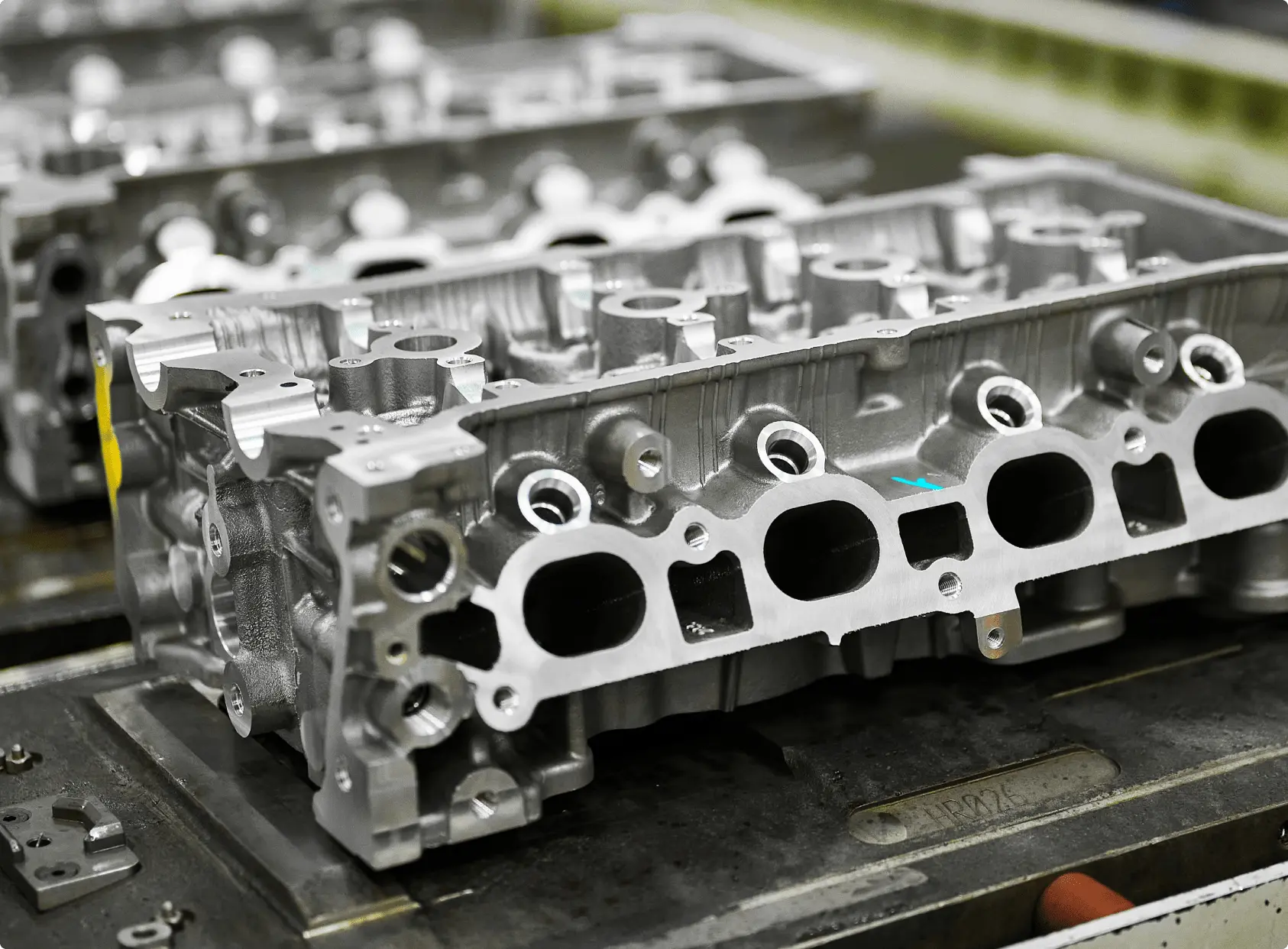
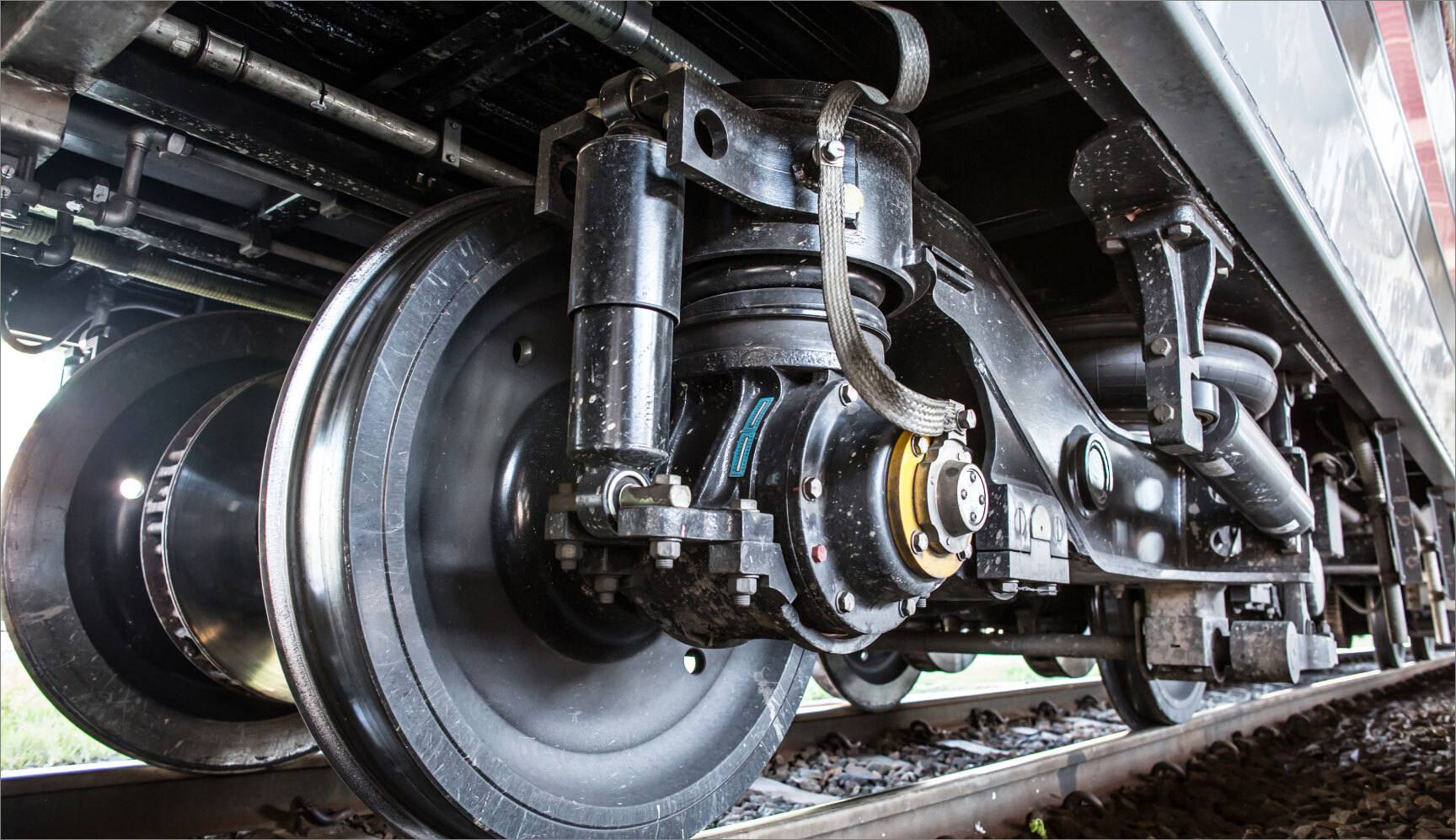

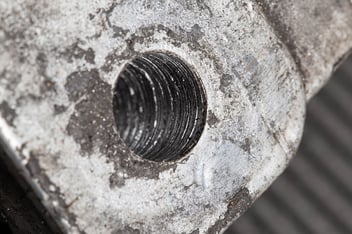
.jpg?width=352&name=Shutterstock_1473498770%20(1).jpg)
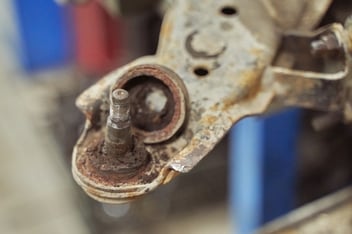
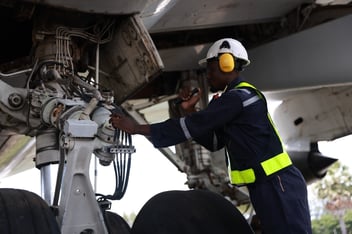
.jpg?width=352&name=Shutterstock_285892688%20(1).jpg)
